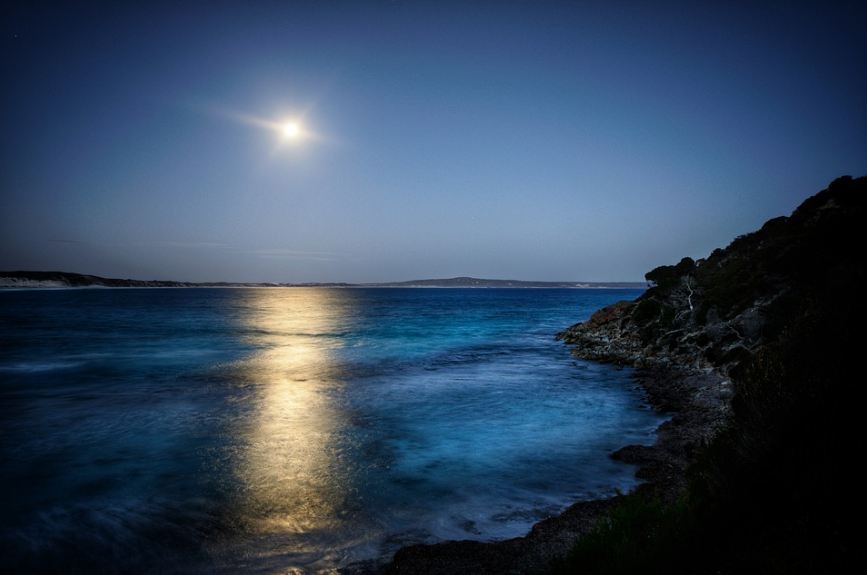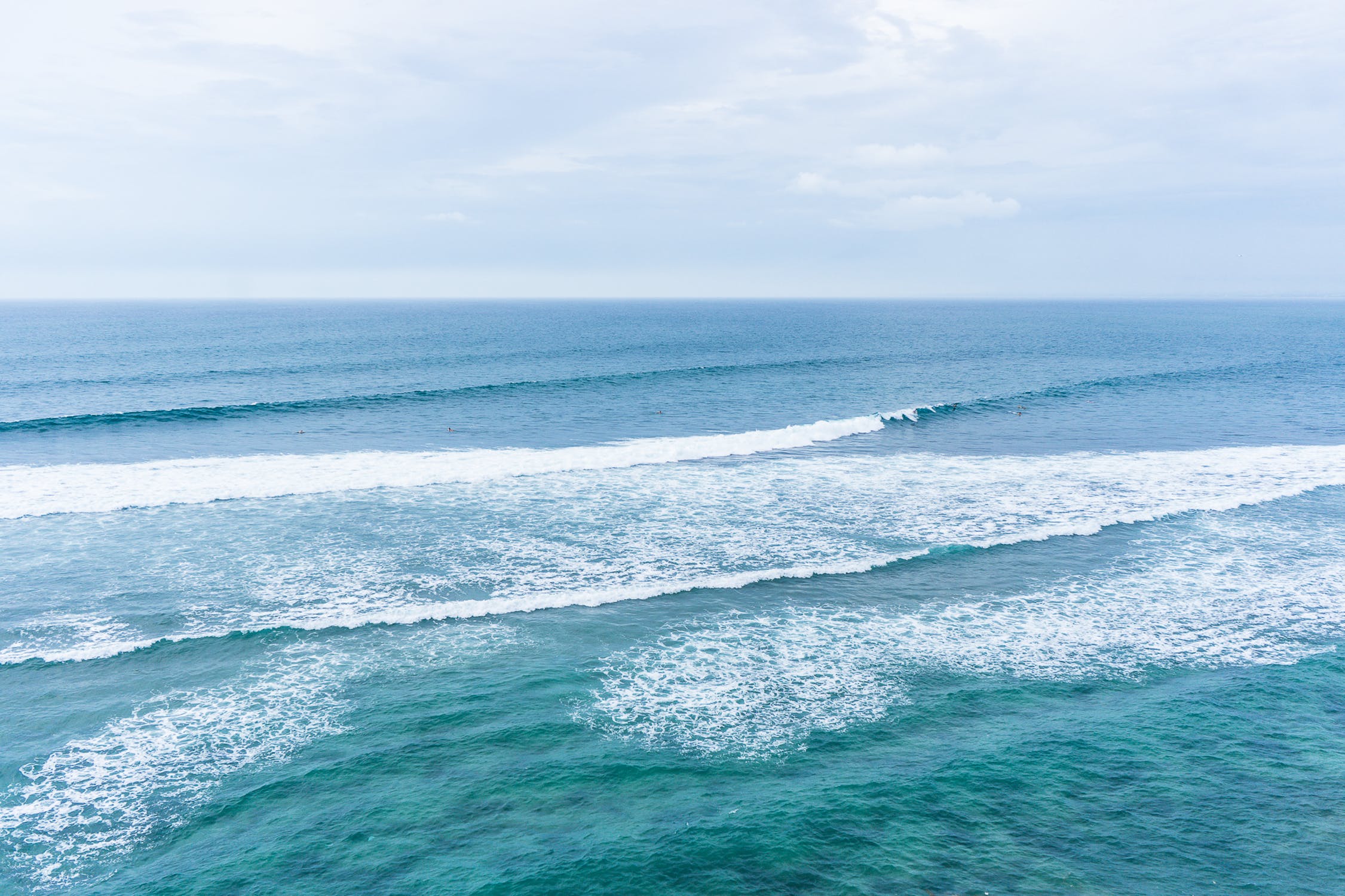Tides are described as the rise and fall of water levels in the Earth’s different bodies of water. Tide is either low or high. The high tide occurs when the sea level rises to its highest point. Meanwhile, low tide occurs when the sea level falls to its lowest point. Tides also have their cycle as it continually rises and falls. This cycle is known as the tide cycle. There are days when there is just one high tide and one low tide. The tide cycle during those days is called a diurnal tide cycle. However, there are also days where there are two high tides and two low tides, and their tide cycle is called a semi-diurnal tide cycle. Meanwhile, you can also open the following link to find out the different places with the most extreme weather conditions.
Ocean tides are actually influenced by both the Sun and the Moon, but it is the Moon that plays the biggest role between the two. The Sun’s has a gravitational pull on the Earth that is 178 times stronger than the Moon’s. Although, the tidal budges the Sun causes are much smaller than the Moon’s even though it is stronger. So even though the Sun has a greater gravitational pull on Earth, the Moon’s tidal forces are much stronger than the tidal force of the Sun since it is much more closer to our planet, which causes a greater deal of variation in the gravitational force from one point of the Earth to another. Since the Sun is so far from the Earth, its gravitational force varies much less.
The popular belief is that tides are caused by the gravitational forces, which lifts up the oceans of both the Moon or the Sun, but contrary to popular belief, both their gravitational pull is not too strong for that. Tides, in actuality, are caused by the varied strength and direction of the gravitational pull that depends on where on Earth you are. This, in turn, creates a variety of tidal forces or differential forces that cause tides.
So technically, most, if not all, of the high tides and low tides are caused by the Moon. How exactly does this happen? Well, the Moon has a strong gravitational pull that generates something called the tidal force. This force causes Earth’s bodies of water to bulge out on the sides closest to and farthest from the Moon. Due to the tidal force, the region of water on the side of the Moon always wants to bulge towards it. This bulge is what is known as the high tide.
While the Earth is rotating, each day, a region of Earth goes by both of these bulges. Regions passing through one of these bulges experiences a high tide. In contrast, the region that is not in one of the bulges experiences a low tide. On most days, this tidal cycle with two high tides and low tides occurs on most of the world’s coastlines.
The Moon’s gravity pulls on different parts of the Earth while it is rotating. Since the Moon is so close to the Earth, it has enough gravitational force to move things around even though it only has about 1/100th of Earth’s mass. It’s a gravitational force that even pulls on the land, but not enough to be noticed by anyone unless they have specific instruments that could help.
Since water is much easier to move around, the moment there is a pull by the Moon’s gravity in the oceans, it’s bound to be noticed. It is called the tidal force when the water moves around and wants to bulge in the Moon’s direction.
However, since the Earth is not all ocean and has seven continents, all that land gets in the way of the Moon’s pull, and these landmasses prevent the water from perfectly following it. This explains why, in some places, there isn’t a huge difference between high and low tide, and the difference between the tides in other places is huge.
Interestingly, the ocean also bulges out on the side of Earth, which is opposite to the Moon. Since the Moon’s gravitational pull affects the oceans toward it, how can it cause a bulge in the ocean on the side of Earth that’s facing away from it? The answer lies in the tidal force. Since the tidal force is a differential force, it means that it comes from the difference in gravity over Earth’s surface. To learn more fascinating things that can be found on the moon, open the given link.
To further explain it:
The side of Earth that directly faces the Moon is the region where the Moon’s gravitational pull is at its strongest, which means that water in that region is pulled forcefully in the Moon’s direction. On the other side of Earth, which is farthest from the Moon, the gravitational pull is weak. At the center of Earth, you can measure the approximate average of the Moon’s gravitational pull on the whole planet.
To solve the tidal force, take the gravitational pull at each location on Earth and subtract the average gravitational pull on Earth from it.
The Earth then experiences some stretching and squeezing, which is actually the effect of the tidal force. This causes the two tidal bulges. These two bulges give us the reason for two high tides and two low tides occurring in one day as the Earth’s surface rotation through each of the bulges is once a day. Know more fascinating facts about astronomy by clicking the given link.



